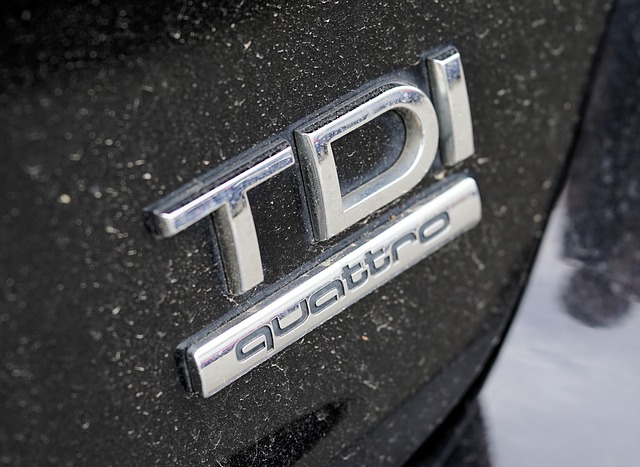First off, I’d probably best explain what a DPF is. DPF stands for Diesel Particulate Filter, which should give you some clue. Essentially it filters out the harmful particulates that diesel generates more of, before burning them off when you meet the optimum conditions. This then allows emissions to stay within ever-tightening environmental guidelines.
The issue comes in not meeting those optimum conditions often enough, as the particulates won’t get burnt off, leading to the DPF becoming full, blocking and ultimately breaking.
Your first warning will be your DPF light – hopefully, this will be yellow. That means you can fix the problem yourself by completing a regeneration cycle. Often the car will tell you what to do, but if not, check your manual. Generally, it will involve driving at higher revs for about 20 minutes, preferably without stops – so on a motorway or dual carriageway.
Don’t ignore this – if you do, it will go red. That means a trip to the garage, and a bill – this occurs due to driver behaviour, so it will cost you. If you’re lucky, they’ll be able to do a force regeneration or clean it, but often garages will look to replace – and you’re looking at least £1500 for that.
